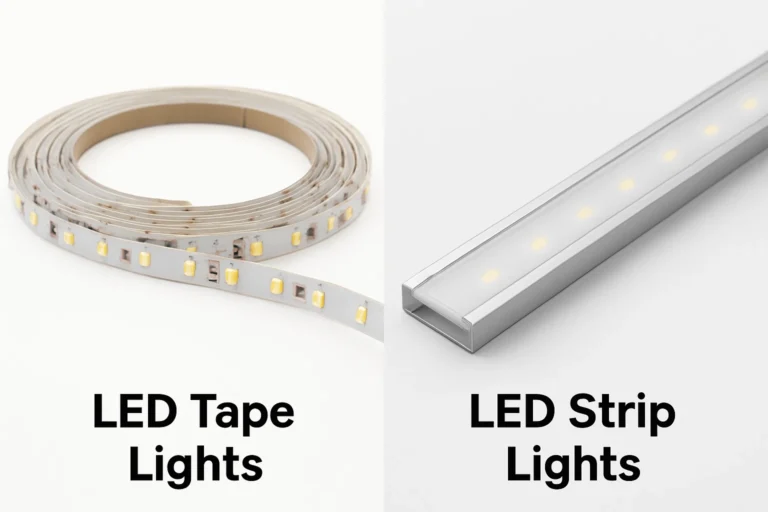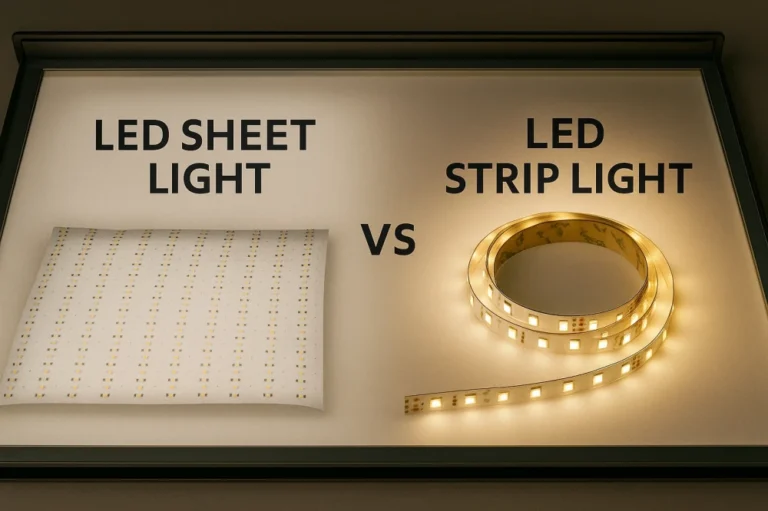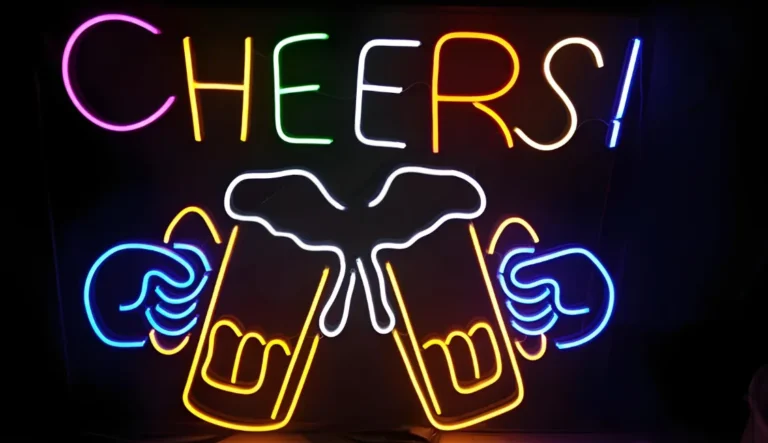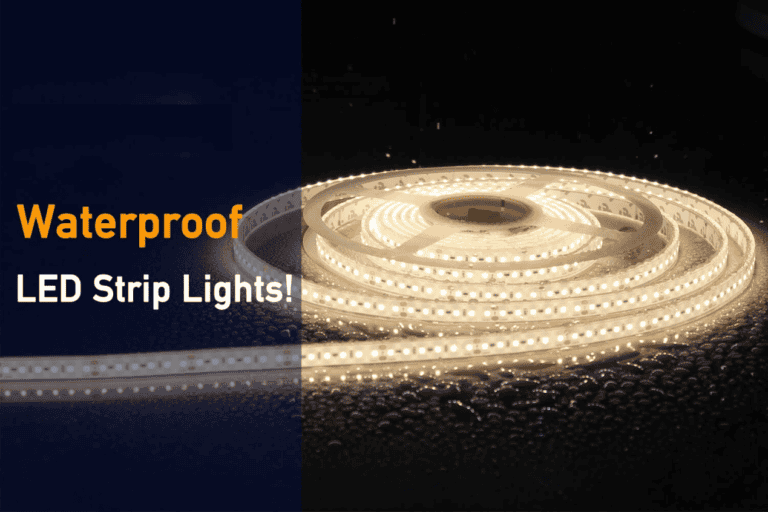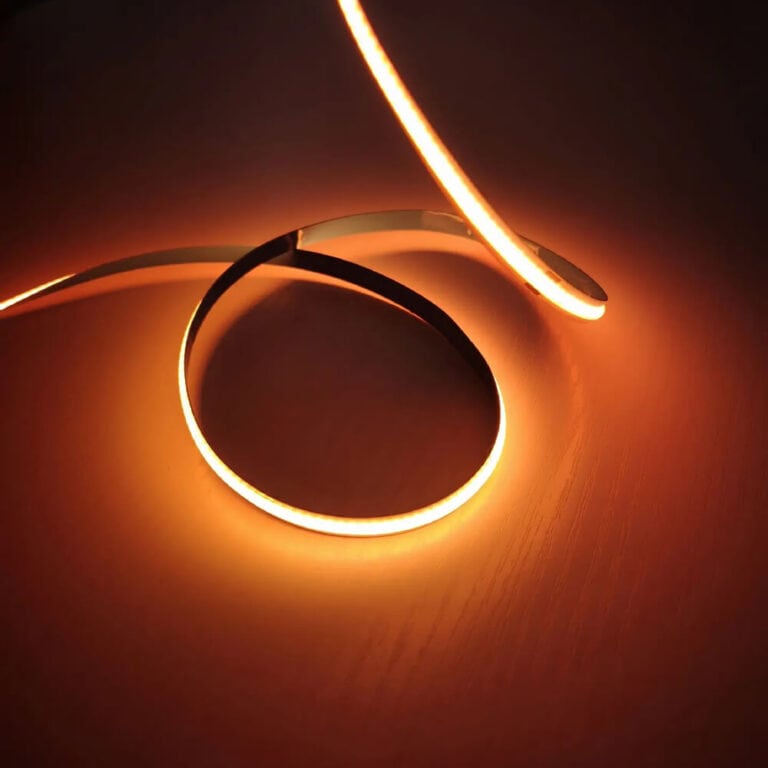Are you having trouble deciding between 4000K and 3000K LED strips? Here’s a simple guide to help you choose the right lighting solution for your project. Since every space has a different purpose, you need to match the ideal location with the ideal LED lighting solution to showcase every room and location. For instance, it is anticipated that the widely accessible LED lighting alternative will hold 76% of the worldwide lighting industry by 2025. LED downlights, spotlights, LED recessed lights, and strip lights are the options available to you. However, make sure you select the LED items’ color temperature. There is a lot of discussion among many over 3000K vs 4000K LEDs. But we compared the two-color temperatures to find the solution to your problem.
Concerning Lighting Temperature

Let’s first discuss lighting color temperature before moving on to discussing the ideal kind of lighting for your home project.The color temperature, or the hue of the light coming from the fixture, is the same as the lighting temperature.
When you look at an LED strip, for instance, you will see a warmer yellow light if its color temperature is 2700K, and you might notice a color that resembles daylight if it is 5000K.
To put it briefly, a lamp bead heated to 5,000 degrees will turn a cold white. This indicates that the LED strip’s color temperature is 4000K or greater.
Correlated color temperature is the basis for these light temperature values (such as “4000K Led Strip”). On a scale of up to 10,000K, the Kelvin temperature is crucial in these computations. You can better comprehend the color temperature range by looking at the following list:
2700K – warm white
3000K – soft white
3500K – neutral white
4100K – cool white
5000K -bright white
6500K -daylight
People frequently fight about 3000K and 4000K LED lighting products because in real life, one must select between 3000K and 4000K LED lighting products (LED light strips).
3000K Color Temperature
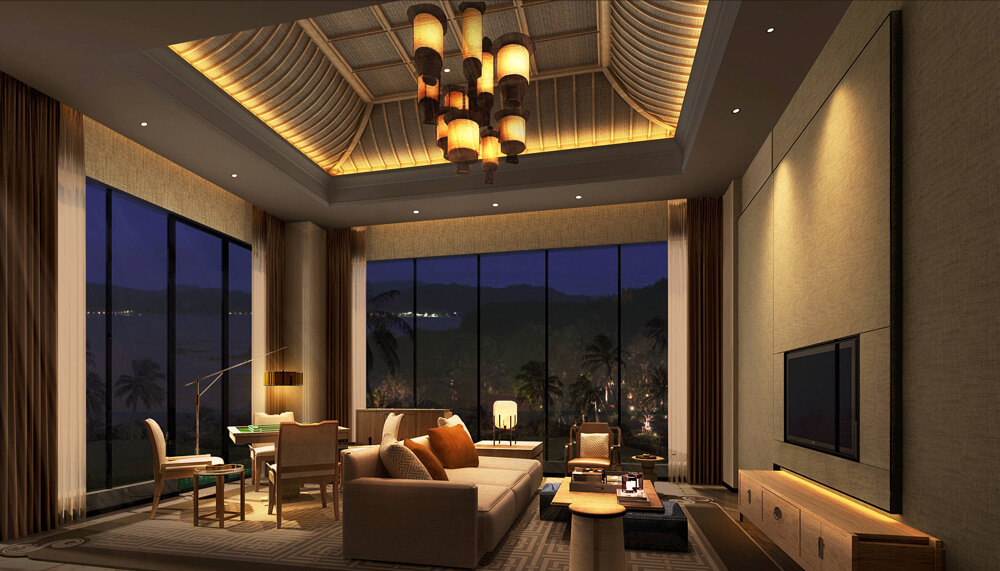
The color temperature emitted by the 3000K LED strip is warmer than yellower. The difference between 3000K and 4000K shows that the light from the 3000K LED strip is warmer and more yellowish, even though various temperatures generate different colors.
Though more slowly, the 3000K LED strip also integrates white. The finest uses for this warm yellow lighting are indoor artifacts that need to be finished with natural light.
For instance, 3000K is the ideal option if the colors in your house are earthy. Interior living areas and residential floor layouts are the ideal uses for this color temperature.
Just so you know, warm colors are ideal for bedroom backdrops according to the majority of decorators and interior designers.
Do 3000K LED lights emit heat or cold?
The 3000K color temperature is really warmer and more yellow than the upper light temperature range, even though it is on the white scale side of the Kelvin temperature. As compared to incandescent light bulbs, color temperature and yellow highlights are actually not that different. For this reason, the majority of people prefer to use 3000K LEDs in a conventional style.
A 2700K LED, or any other kind of light, is more yellow, though. This color may be more noticeable and striking if you choose energy-efficient COB LED strips. This light temperature is generally not recommended for job lighting.
4000K Color Temperature
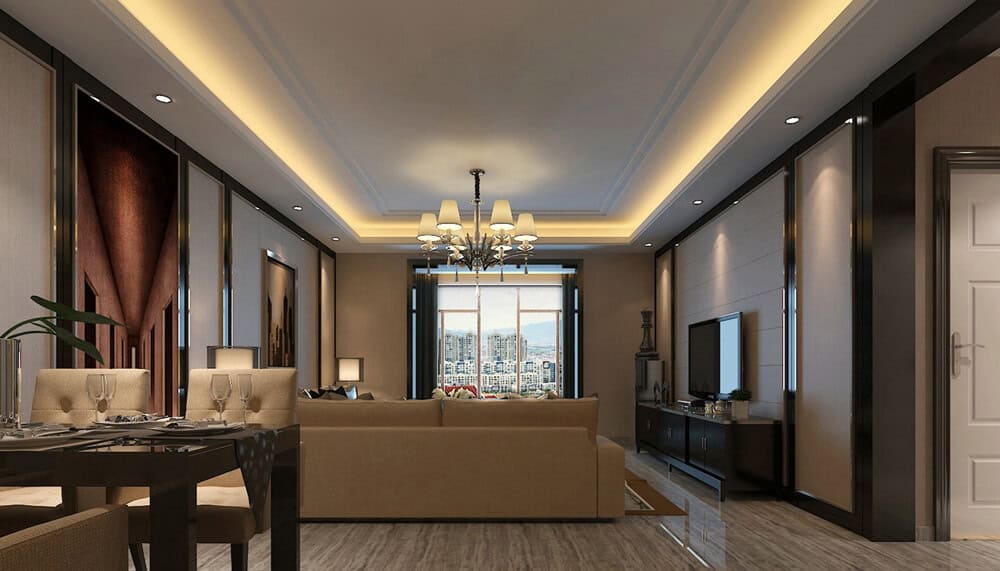
Regarding the comparison of color temperature between 3000K and 4000K, 4000K stands for cold white.This can be the ideal answer for your lighting requirements if your home is decorated in white, such as with soft white kitchen cabinetry.
For instance, the 4000K light strip’s cool white tint is ideal for drawing attention to any vividly colored items throughout the house. LED strips with this color temperature are appropriate for both home and business settings.
Additionally, it helps reflect white surfaces within a home, although it isn’t appropriate for spaces with dark or wood tones. Generally speaking, cool color transitions—from warm yellow to warm white to cool white light—are meant to be used mostly on white surfaces.
Is the 4000K LED light source too bright?
The 4000K LED lights suspended between yellow and blue are ideal for anyone wishing to create beautiful lighting arrangements in their house. Many opt to utilize dimmable RGB LED strips in order to achieve the ideal light mix between 4000K and 3000K LED color temperature.The user can adjust the color temperature of the LEDs with dimmable LED strips.
Even while 4000K light isn’t overly bright and doesn’t cause any blue light harm, it is definitely suitable for rooms such as living rooms, kitchens, and bathrooms in homes with a refined style.
Since individual tastes vary, 4000K is not the most popular color temperature in residential or even commercial settings.
As a novice or enthusiast in interior design, you should experiment with several light fixtures with varying color temperature ranges to see which one suits you the best. Recall that either cool white LED lights or warm white LED lights complement current interior design beautifully.
In contrast, traditional-style residences appear better in warmer climates when illuminated by yellow light sources (yellow lights, direct sunlight, etc.). These days, neutral and cool whites make most modern homes 4000K or higher.
Remarkably, many people found satisfaction in the smooth transition from 2700K to 3000K to 4000K.
Overview of 3000K versus 4000K LEDs
It is a pretty good transition from warm yellow to cool white if you examine the color temperature change from 3000K to 4000K in detail.However, 4000K lighting offers a wide range of business applications, while 3000K lighting works best for homes with wood tones.
Keep in mind that lights that are warmer, such as white or yellow, are 3000K or lower. Strong or cold white light is also above 4000K at the same time.
In the meantime, neutral white color temperature falls between 3000K and 4000K. An easier way to learn about color temperatures of 3000K, 4000K, and 5000K is as follows:
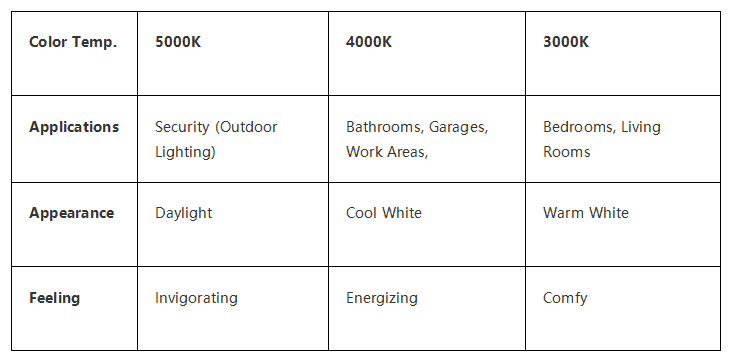
Which color temperature is better, 3000K or 4000K?
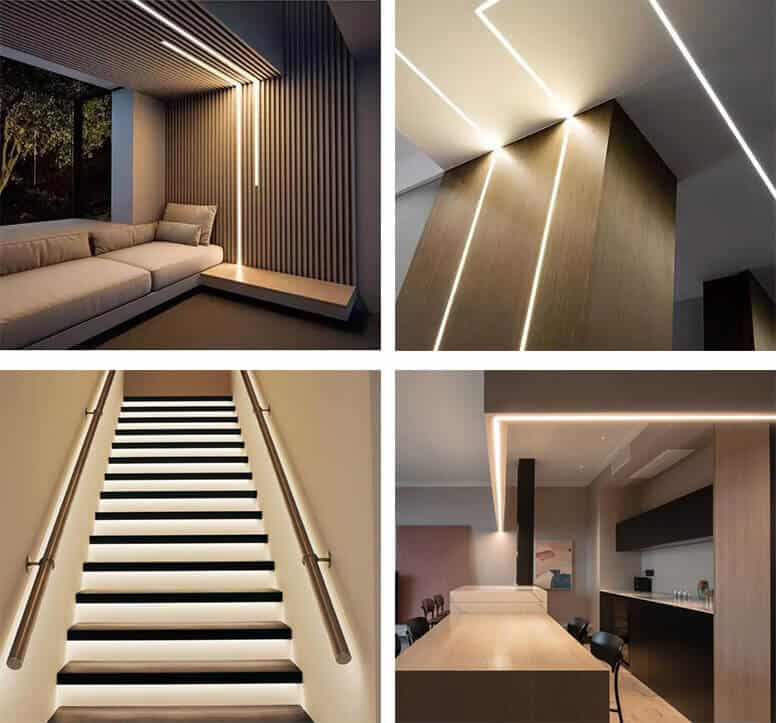
You are already aware of the distinction between 3000K and 4000K color temperature from the explanation above. You can select the ideal color temperature for your purposes by taking into account a number of variables, though.
The first thing to keep in mind is that LED strips are energy-efficient compared to other types of strips since they can provide the same amount of light with less electricity.
However, in the 3000K vs 4000K rivalry, it ultimately boils down to taste and living style. Color temperature is a subjective concept. However, you should be aware that different kinds of bodily reactions are triggered by the color temperature of light.
For instance, selecting warm white light will control melatonin production. It makes you feel at ease and improves the quality of your sleeping environment.
This is one of the main reasons warm white light is used at night or for relaxation. Bright lights, on the other hand, have the ability to cause the body to produce serotonin, which gives you a positive, focused mood.
For instance, letting plenty of natural sunlight into the house through open windows naturally energizes you and makes it easier for you to do everyday jobs and chores.
Options for Dimming
Would you like to emulate the sun’s brilliant brightness and color temperature? There are dimmer options available to you when selecting a lighting system for your home. Bright white LED strips, LED strips with dimmers, and other variations are available.
You can change the above settings to make your LED fixtures glow white, cold white, or warm white.
Thus, dimming gives you the ability to alternate between several color temperatures, giving you more control over the ambiance and aesthetics of your living space.
Practicality
Consider the usability of the product while deciding between 3000K and 4000K color temperature LED strips. You are undoubtedly already aware that different living areas may require different kinds of illumination. For instance, people immediately change the light color temperature to a more tranquil state when they walk into a living room and put on yellowish warm white lights.
Similarly, 4000K white light enables you to see more clearly and concentrate on an object’s details. This is made possible by the 4000K LEDs’ propensity to create bright light. For this reason, restrooms, garages, and kitchens are the ideal places for 4000K white light.
The ideal solution is to use a white light like 4000K White, regardless of the amount of brightness you require indoors. You can also choose a lower color temperature for a visually striking presentation.
For instance, the warm white light in your living room or home office can promote relaxation and the production of melatonin while you’re curled up with a good book.
A 3000K color temperature is ideal for relaxing since white light with a 4000K color temperature can disrupt the sleep cycle by influencing the synthesis and release of melatonin and other sleep chemicals.
It’s interesting to note that the warm light produced by the 3000K LEDs might also aid in concealing minor flaws like stains or cracks around the house.
In Good Health
Additionally, you have to think about your health. As an illustration, prolonged exposure to the sun can cause eye strain. If you make a poor choice regarding home illumination, the same applies. You have to be aware of the risks that extremely intense white light poses to your eyes.
Extremely bright light can strain your eyes, which could lead to other issues with your eyes later on. LED strips don’t produce glare from other sources and are inefficient in terms of energy usage.
Bright white light may be used in business settings, although lower temperatures are more suited for home illumination. Prolonged exposure to 4000K LED strips might lead to eyestrain because they produce some blue light.
But when you consider this, you can see why 3000K lights are so popular, particularly in bedrooms.
Application
The various uses for various color temperatures and home lighting solutions in both residential and commercial settings are listed below.
· Task Lighting: This kind of lighting necessitates extreme clarity and attention. That’s when 4000K LED lighting comes into play.
· Utility Work: 4000K LED illumination is the ideal option for maintenance, garage work, and domestic duties.
· Ambient Lighting: This lighting choice is unique in that it may be adjusted to any color temperature. The primary goal of ambient lighting is to harmonize with the aesthetics and ambiance of the space. Thus, it can be beneficial to select the same color temperature as the main room.
· Bedside Lamp: This device is very popular among people who want to read before bed. You can choose 3000K lighting because it’s a simple pastime and you don’t need to be aware at 4000K lights.
· Outside Lighting: There are several applications for outside lighting, but security is the primary one. You can select the 4000K LED light option, or even higher, which emits more blue light, because of this.
· Accent Lighting: You can use 4000K as accent lighting to draw attention to the artwork.
How do the hues of warm light, warm white, and natural light impact mood?
The color temperature we described earlier has the potential to impact someone’s emotions. You can relax and fall asleep with the aid of melatonin, sleep hormones, and other factors triggered by the room’s warm color temperature, or warm yellow light. This facilitates rapid slumber.
A room with cool blue light can also make one feel more attentive than one with warm light. This is due to the fact that serotonin release has the ability to elevate mood and energy.
Use 4000K white and cool light in interior spaces where you need to focus intensely for work or discussion.
Nonetheless, selecting a medium-bright hue, such as an LED strip with a 3000K or lower brightness, can aid in both relaxation and aesthetics.
Which is better for the kitchen, 3000K or 4000K?
You can choose with a colder color temperature, like 4000K color temperature LED lights, if your kitchen has white cabinetry or a surface kitchen.Higher light temperatures (such as 4000K to 5500K) also aid in preserving the home’s elegance and finish.
Unless your kitchen is designed in a classic manner, most interior designers advise against installing 3000K lighting in your kitchen.
Is 5000K more brighter than 3000K?
5000K outshines 3000K warm white in terms of brightness. The 5000K color temperature is at the top end of the color spectrum, which explains why. Additionally, select these lights for really concentrated and cautious jobs like building or maintenance so that staff or residents may work as clearly as possible.
You must remember that the high intensity lighting of 5000K LED lights increases the risk of eye strain. Because it’s closer to bright daylight, parking lots, expansive outdoor events, and industrial lighting installations can benefit from it. The 5000K LED lights’ blue light really appears more cool than the room does.
END
You may improve the inside of your home by selecting the appropriate lighting solutions. Your home’s decor contributes to your comfort. The 4000K is a better option for indoor focus and alertness, while the 3000K is a better option for convenience and leisure.
